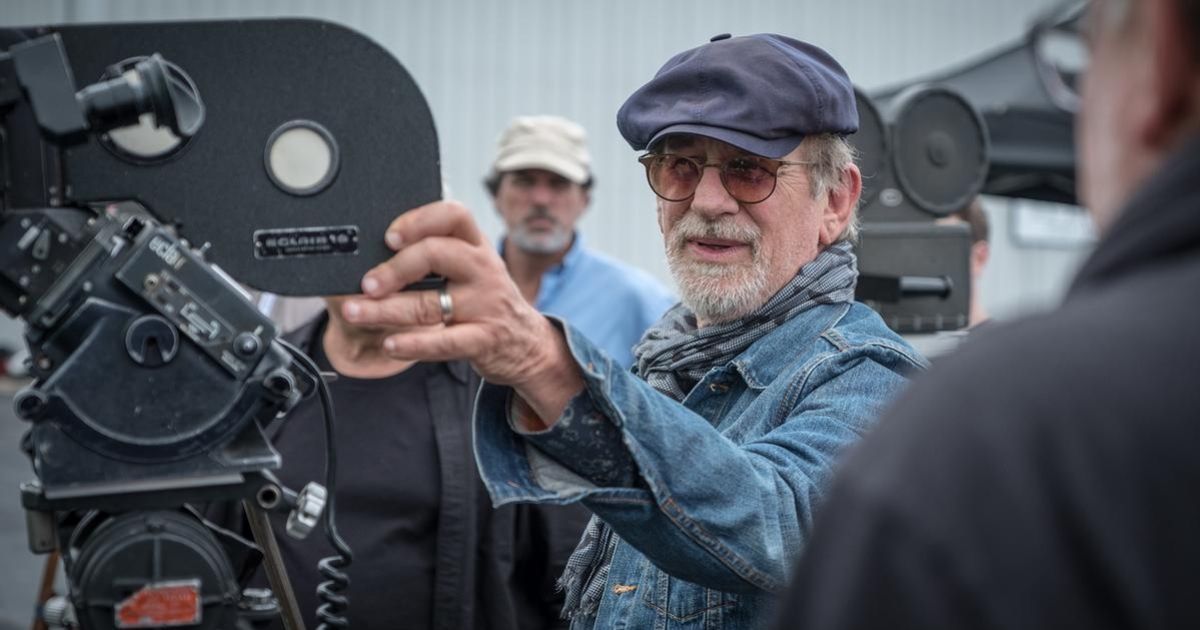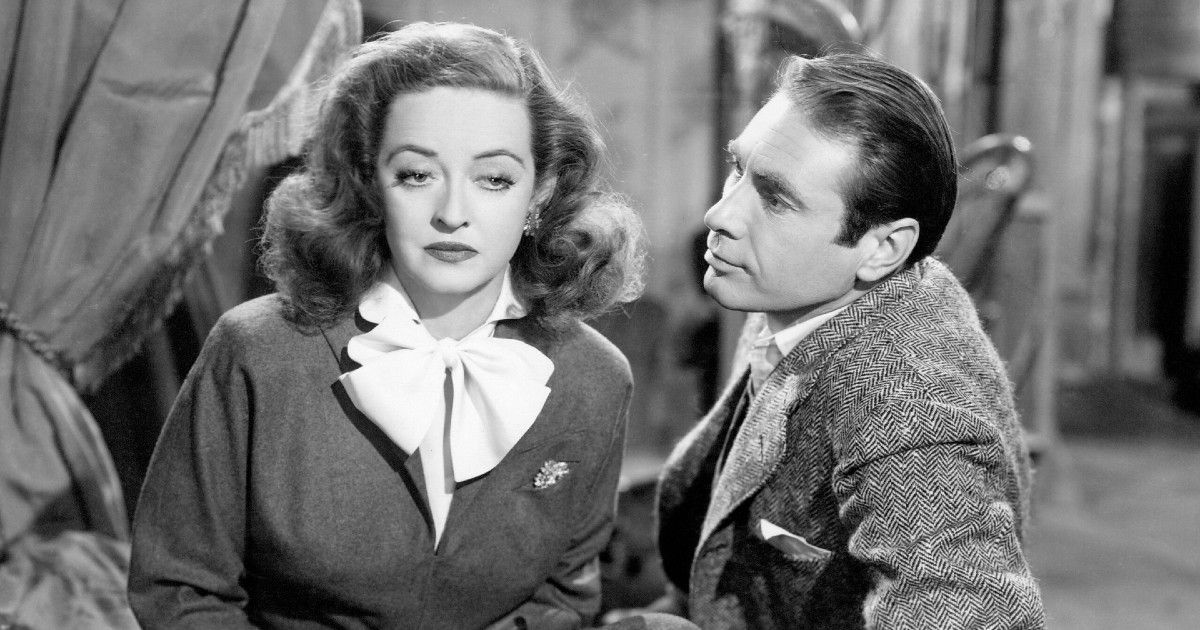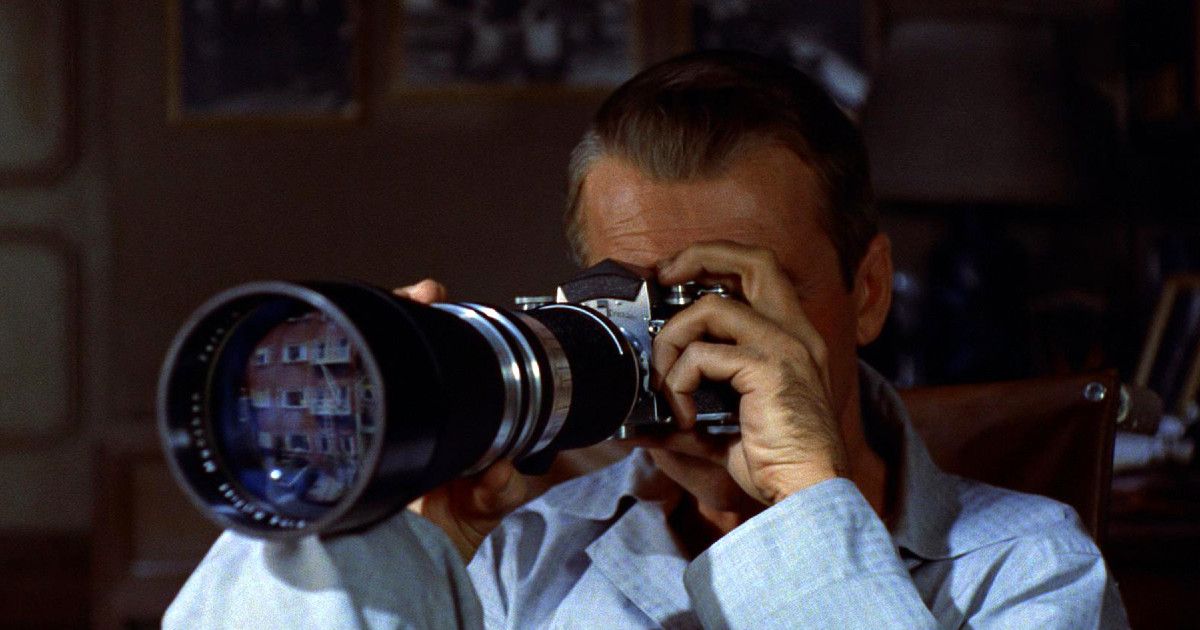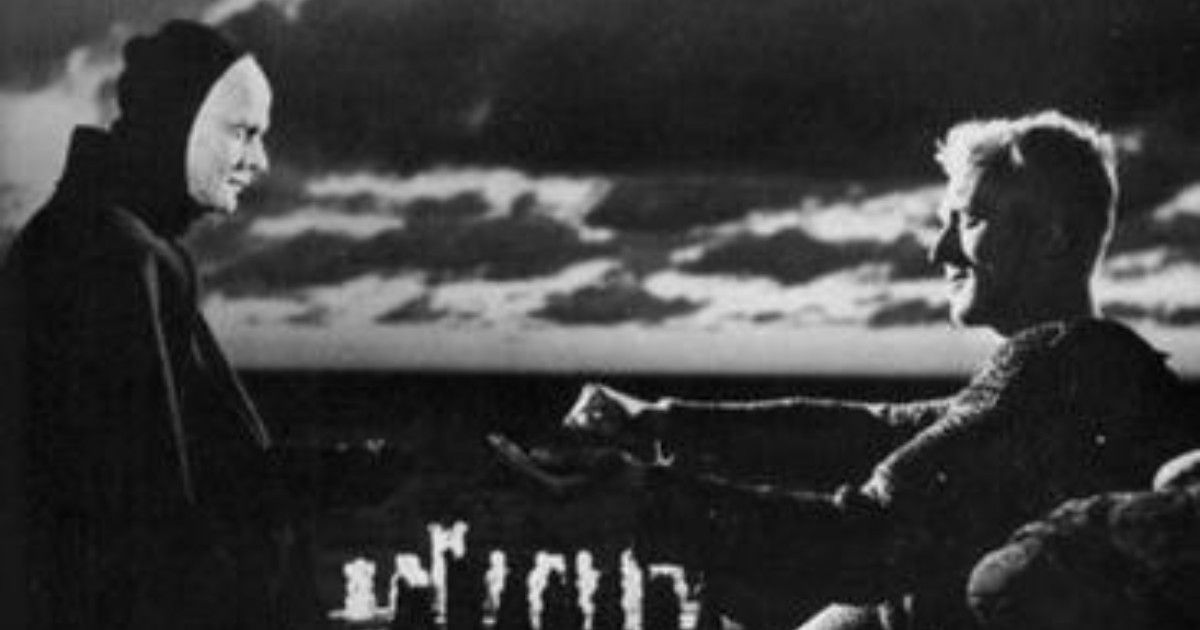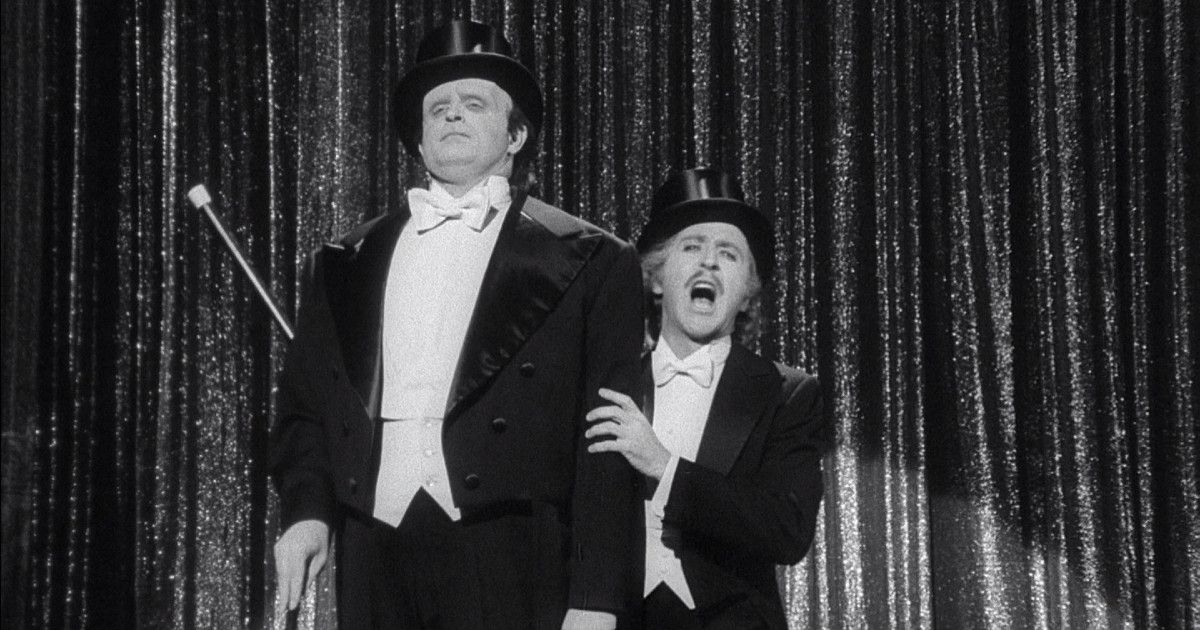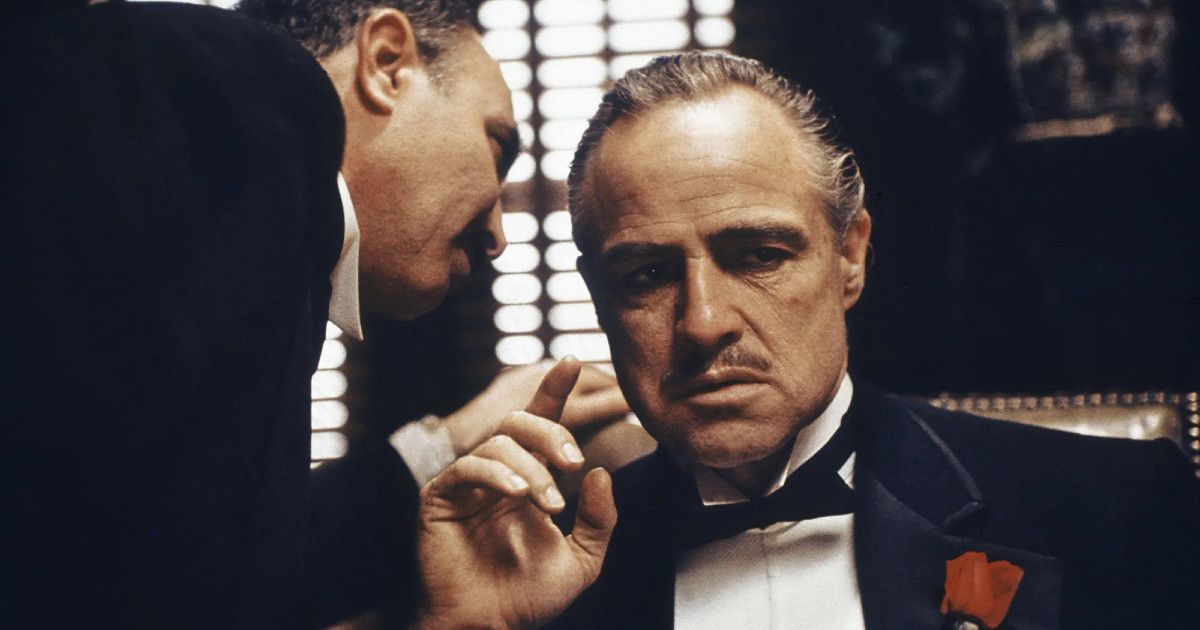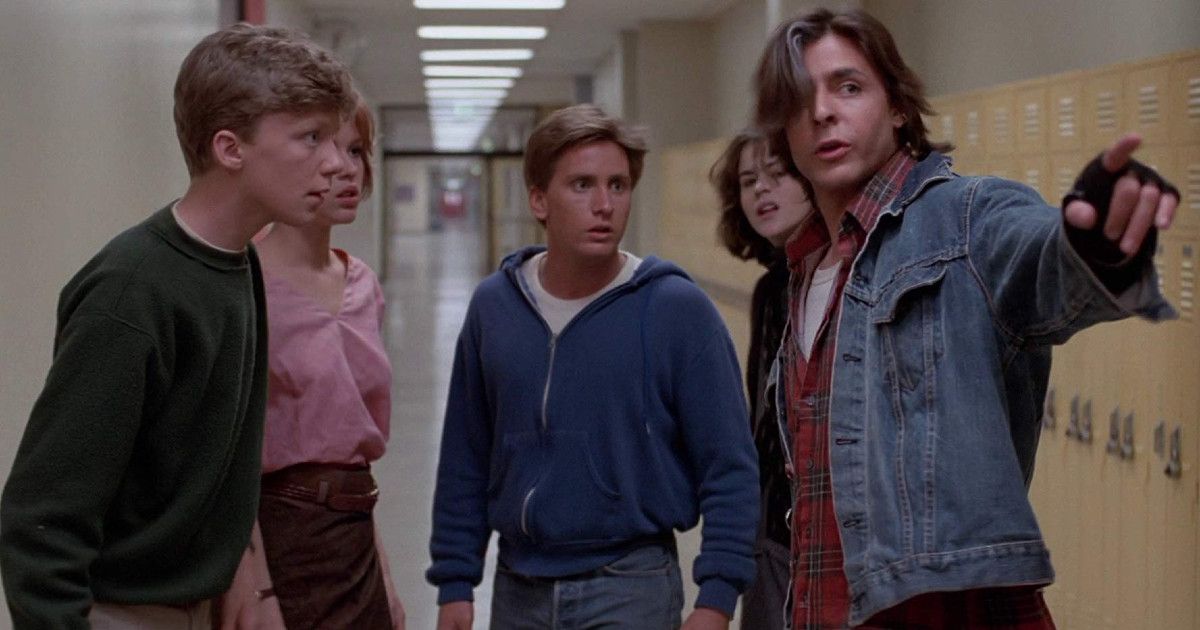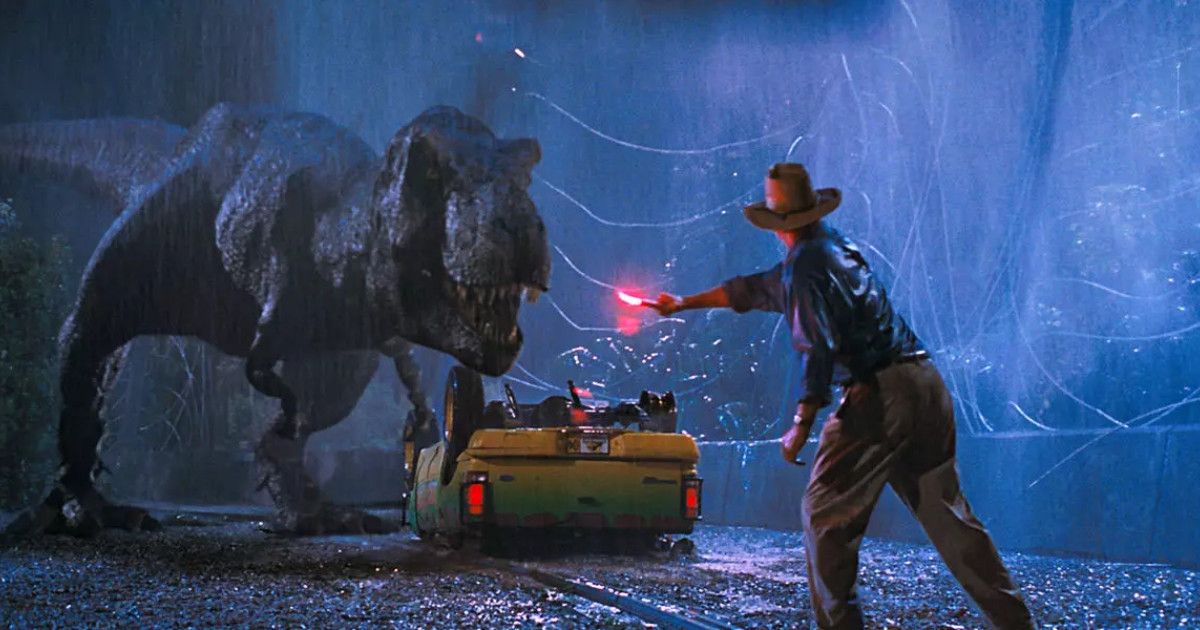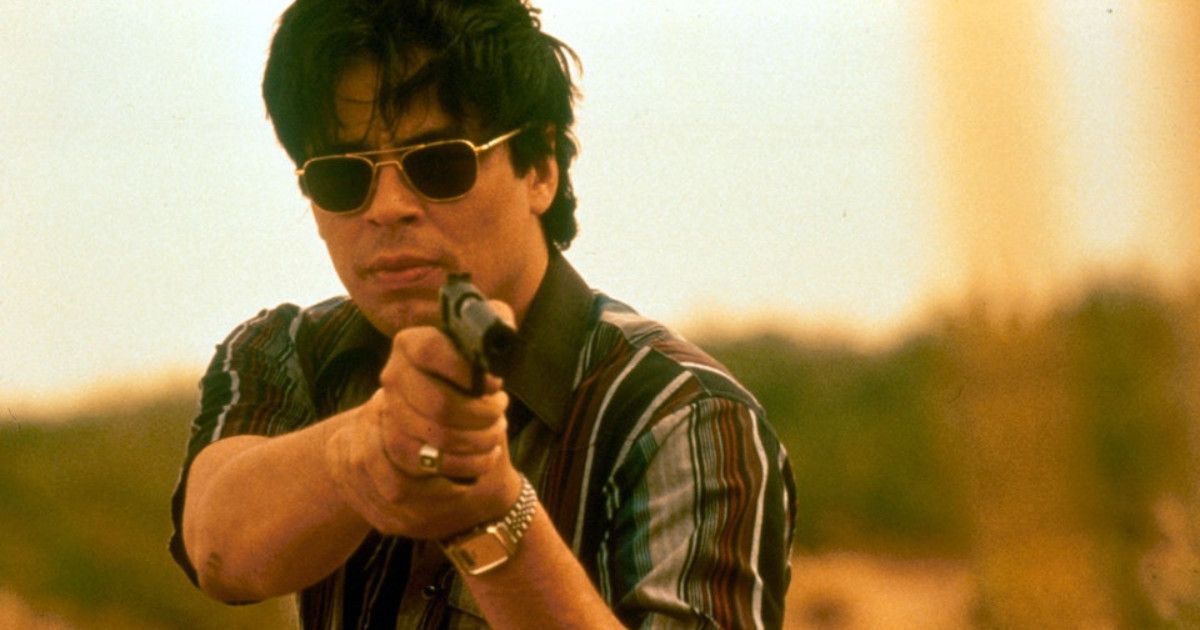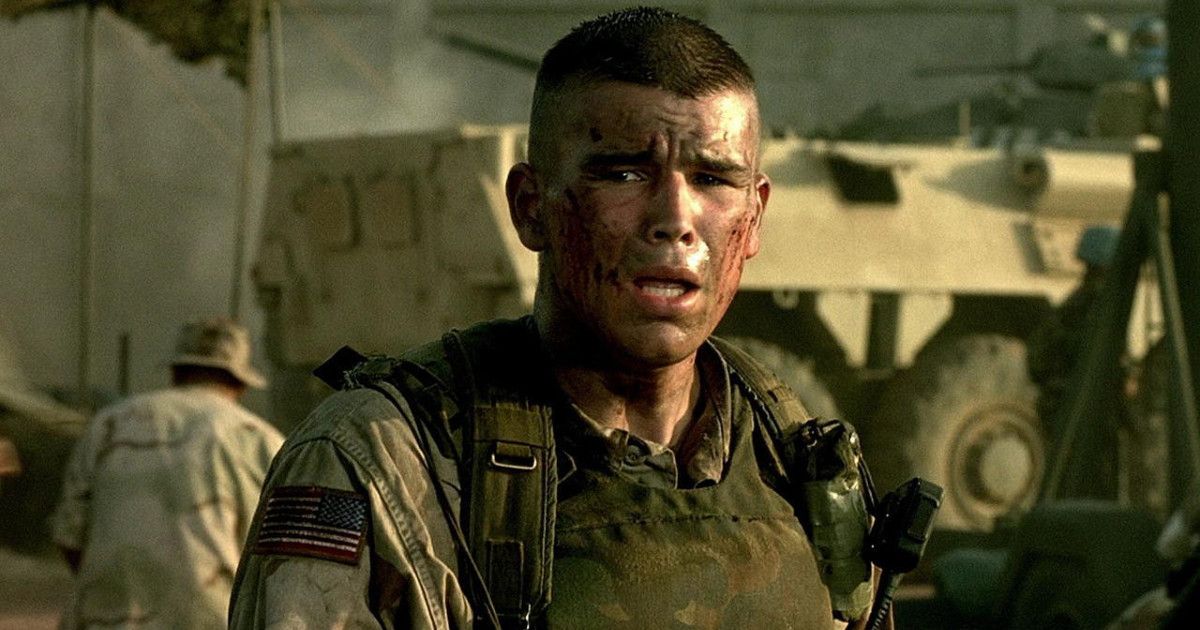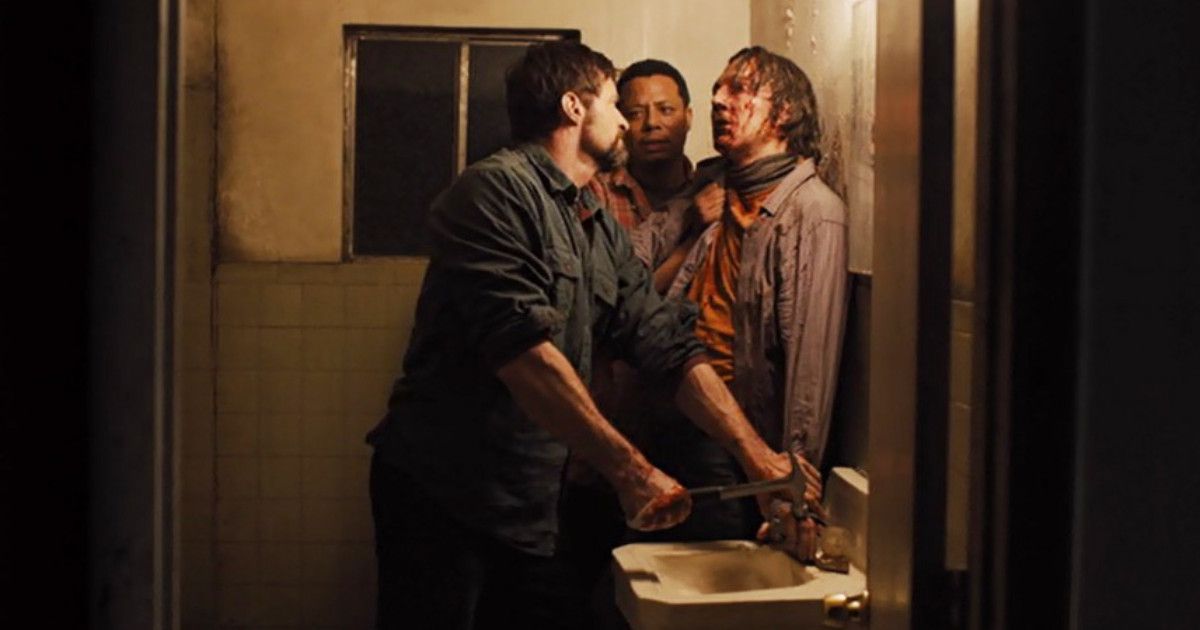Directing one film that actually sees the general light of day is hard enough, let alone making two films in a single twelve-month time span, let alone two films in a single twelve-month time span that were well-received by critics upon release, made great money in theaters, and are still held in high regard today. If you thought that was a lot to keep up with, try juggling some of the biggest names Hollywood has to offer in two different projects throughout a single year. Then, get back to me.
Starting from the 1950s and recounting instances all the way up to the 2010s, these are ten directors who made more than one well-known film in the same year.
10 Joseph L. Mankiewicz – 1950
For starters, All About Eve (1950) garnered Joseph L. Mankiewicz the Academy Awards for both Best Director and Best Adapted Screenplay. But it also stands out as being the only film in Oscars history to produce nominations for four different women: Bette Davis and Anne Baxter for Best Actress, Celeste Holm and Thelma Ritter for Best Supporting Actress. The accolades of this film are endless, but it wasn’t the only Oscar darling directed by Mankiewicz at the turn of the decade.
Nominated for Best Original Screenplay was No Way Out (1950). It ended up losing to Billy Wilder’s Sunset Blvd. (1950). No shame there. But just imagine if he’d won that as well. He’d be in even more rarified air, but still — one of the greatest directors of all time is probably sufficient. And both of his projects from 1950 helped him achieve that status.
9 Alfred Hitchcock – 1954
This is one example of a famous director who consistently put out multiple films in the same year. However, when choosing just one, the champion is undeniable. Throughout the dates featured on a single calendar, British filmmaker Alfred Hitchcock directed two thrillers (his specialty): Dial M for Murder (1954) and Rear Window (1954).
The former isn’t nearly as well-received as the latter, but in the end, nearly every Hitchcock outing results in a seminar of suspenseful storytelling. That is still the case here. Meanwhile, Rear Window remains at the top of his echelon with the likes of Vertigo (1958) and Psycho (1960). That he released both titles in the same year will be talked about for many more to come.
8 Ingmar Bergman – 1957
The Seventh Seal (1957) and Wild Strawberries (1957) are among the most quintessential films from the sprawling career of Swedish filmmaker Ingmar Bergman. He directed over forty features throughout seven different decades — the significance of these two films coming out mere months apart from one another can’t be overstated, and the depth of his filmography should be a shining testament to that.
There’s no denying that The Seventh Seal remains his best film. At least, that’s the consensus that film fans and critics alike will convey from every corner of the world. And while Wild Strawberries isn’t quite as renowned, comparing them would be like deducing the difference between half a dozen and six. They’re both among the greatest movies ever made, and 1957 will forever be remembered for their releases.
7 Mel Brooks – 1974
Among the foremost leaders of comedy in New Hollywood, Mel Brooks also has a tremendous argument of being the king of spoofs. And arguably his two most important pieces both released in the same year. First up was Blazing Saddles (1974), released in February of the year at hand. It was actually nominated for three Academy Awards — something not many comedy films can say nowadays.
He then ended the year, however, by directing Young Frankenstein (1974) just in time for Christmas. Both films starred Gene Wilder — who also cowrote the comedic adaptation of Mary Shelley’s classic horror novel — and, perhaps most impressively, both films have subsequently been selected by the Library of Congress for preservation in the National Film Registry. Fewer than 200 directors in history can say they have multiple films selected for preservation, let alone two in the same year.
6 Francis Ford Coppola – 1974
Then, there’s Francis Ford Coppola. Get this: like Mel Brooks, he also had two films from the same year preserved in the National Film Registry. But what’s more is that they both also released in the same year as the two aforementioned Brooks movies: The Conversation (1974) released first, in April, followed by The Godfather: Part II (1974) in December.
There are a lot of parallels there between Coppola and Brooks, but it’s worth noting that they operated on entirely separate ends of the genre spectrum. While Brooks focused on comedy, Coppola centered his films around the underworld of crime. And while the second Godfather film is easily more well-known, make no mistake about it: The Conversation remains a classic piece of American cinema nearly fifty years down the line. It’s aged just wonderfully, in other words.
5 John Hughes – 1985
Throughout the 1980s, John Hughes established himself as a juggernaut of American cinema thanks to his impressive volume of teen movies. In fact, he was so efficient in that regard that he managed to direct two teen titles in the same year. The most prominent of the two was The Breakfast Club (1985), without a doubt — it could very well be the single most influential teen story ever told on film.
But he also made Weird Science (1985) during this twelve-month time span. It’s undoubtedly iconic in its own right, but it’s one of Hughes’ films that’s much more focused on comedy than it is delving into the human condition. But still, it’s a well-regarded film that did help propel Hughes to the juggernaut status of 80s Hollywood that audiences regard him for today.
4 Steven Spielberg – 1993
Known for popularizing the prospect of a summer blockbuster with his box office sensation Jaws (1975), Steven Spielberg has replicated that success several times over throughout his career. He’s the highest-grossing film director in history, after all. And as he welcomed audiences to Jurassic Park in the summer of 1993, he saw one of the greatest financial successes of his career. It grossed over a billion dollars throughout its history in theaters, and is still seeing sequels pumped out to this day.
Then, on the more critical end of the spectrum, Spielberg ended the year by directing Schindler’s List (1993). It won him his first ever award for Best Director at the Oscars, and has since been preserved in the National Film Registry. And, of course, it made great money at the box office. Extreme commercial success in the summer, and endless critical acclaim come winter. That’s a year for the record books.
3 Steven Soderbergh – 2000
At the turn of the century, Steven Soderbergh directed a career-defining project with the crime drama Traffic (2000). It won four out of its five nominations at the 73rd Academy Awards, and that included Soderbergh’s first ever Best Director honor. It remains his only one to-date, as well. But his other film from the year at hand defined the career of another major Hollywood player: famous actress Julia Roberts. She had been nominated for two Oscars prior to her role as the titular Erin Brockovich (2000), but her performance therein finally garnered her a win for Best Actress.
They made a total of $464 million at the box office off a combined budget of exactly $100 million. Not too shabby considering these weren’t exactly part of a mainstream genre at the time. It’s also worth noting that Soderbergh has released two films in the same year on seven different occasions. This was just the most significant.
2 Ridley Scott – 2001
On one end of the genre spectrum, Ridley Scott released a renowned modern war film by way of Black Hawk Down (2001). It’s perhaps best looked back on for its impressive, ensemble cast, featuring guys like Ewan McGregor, Eric Bana, Josh Hartnett, Tom Sizemore, and Orlando Bloom. That isn’t close to half of the stars featured in this insight into the many travails of combat, and there are many more aspects to praise. Its cinematography, editing, sound design — everything hit home here, aside from its dearth of character development.
But then, there’s also Hannibal (2001) – a sequel to The Silence of the Lambs (1993), with Anthony Hopkins reprising his well-revered, in this case titular role as Dr. Hannibal Lecter. Obviously, this could be classified as a horror film, but it’s more aptly defined as a psychological thriller. It didn’t perform too well with critics, but it did make waves in theaters. It’s notable just in its name value, though.
1 Denis Villeneuve – 2013
Off the bat, perhaps the most exigent point worth making is that the two 2013 films from Denis Villeneuve also featured the same, famous American actor: Jake Gyllenhaal. The first film of the pair was called Enemy (2013), which actually featured Gyllenhaal in a dual starring role. On one hand, he played a man named Adam Bell, who lived as a college professor with his girlfriend (played by Mélanie Laurent). But he also played Anthony Claire, a famous actor who perfectly resembles Adam in both voice and physical appearance.
It was a fascinating premise, but their next project together was definitely more revered. Prisoners (2013) featured an ensemble cast on top of Gyllenhaal as they all played characters either searching for or harboring two missing little girls. A psychological thriller, its content is for anyone save the faint of heart, but if you’re up to the task, the viewing will stick with you for many years to come.

